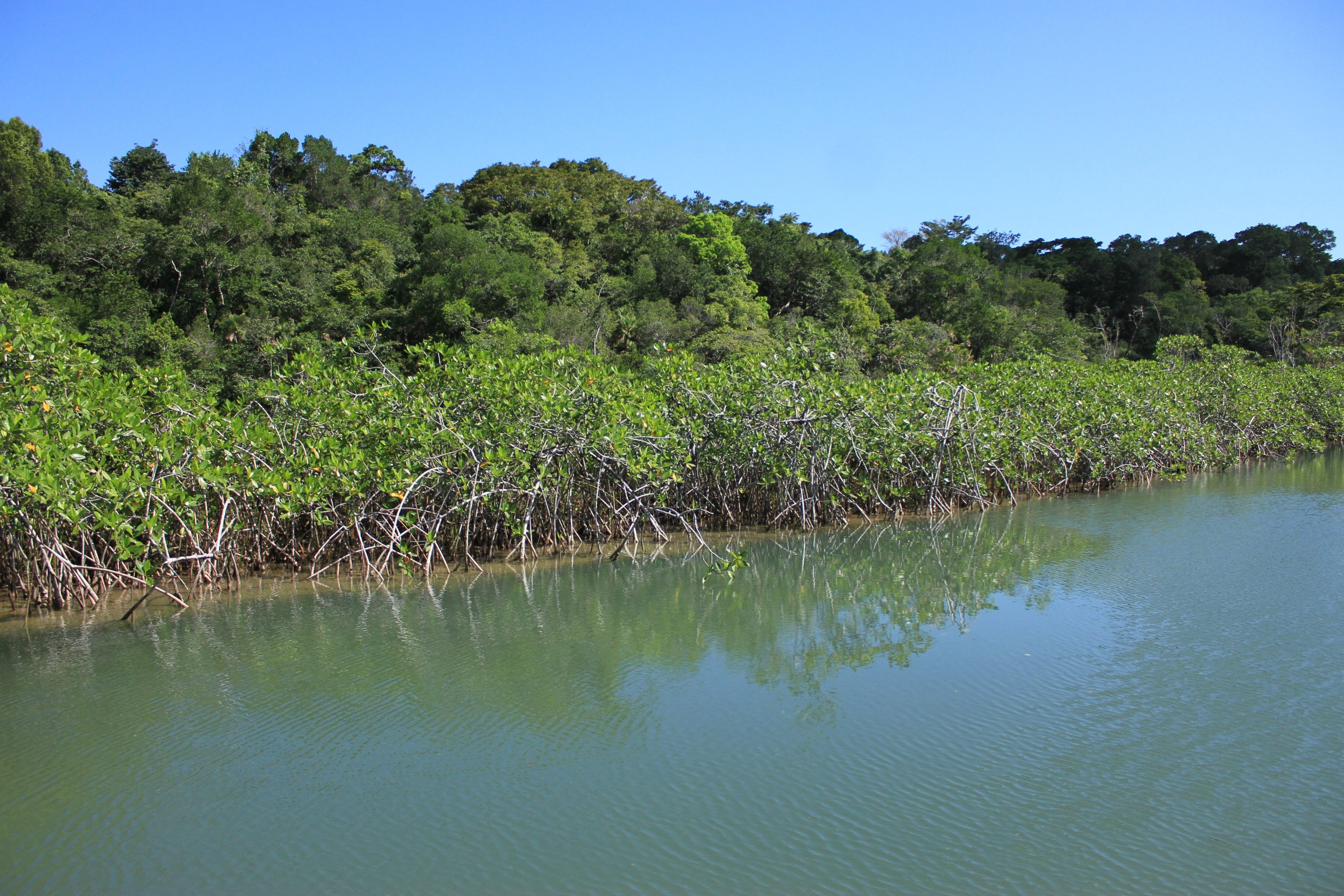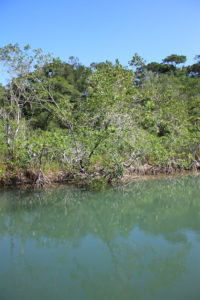Coastal wetlands, including mangroves, seagrasses and salt marshes, sequester and store vast amounts of carbon – we call this “blue carbon”. Although they cover less than 2% of total ocean area, such ecosystems account for nearly 50% of the carbon stored in the ocean. Natural climate solutions, including blue carbon activities, have the potential to deliver a third of the emissions reductions needed by 2030 to keep temperature rise below 2 degrees, but they currently receive only 3% of climate investment globally.
Why is this? Blue carbon activities in particular traditionally have been unable to access the finance needed to scale up. Blue carbon projects face multiple challenges that land-use carbon projects do not, from high monitoring, reporting and verification costs, to identifying and mitigating upstream drivers of ecosystem loss. These projects also require large upfront investments for restoration activities and are challenged with estimating and mitigating the effect of sea-level rise on existing ecosystems. Blue carbon projects needed a methodology to address these barriers in order to unlock greater finance.
In January 2020, Verra, one of the main standards bodies for voluntary carbon projects, established the Blue Carbon Working Group, involving our colleagues from the Sustainable Ocean Fund, which is one of the impact funds from the Mirova Natural Capital Platform of which we are part. The Working Group was set up to explore how standards, and their methodologies and tools, could drive greater finance to blue carbon activities. Their work led to Verra announcing in September 2020 the first ever blue carbon conservation methodology approved for any major standards body, and which adds blue carbon conservation and restoration activities as eligible VCS REDD+ projects. Specifically, this announcement now expands the REDD+ methodology (VM0007) framework to include avoided planned and unplanned tidal wetland degradation and tidal wetland restoration through the inclusion of 3 new modules specific to tidal wetland activity and revising 13 existing modules to support activities. This is important news, as it will enable blue carbon activities to access additional sources of finance through the sale of carbon credits in voluntary or compliance markets and help to scale up tidal wetland conservation and restoration.
As with other Verra verified projects, blue carbon projects will need to meet the highest standards and conditions in order to generate credits. For example, project activities restoring tidal wetlands must at least succeed in one or more of the following:
- Creating, restoring and/or managing hydrological conditions
- Altering sediment supply
- Changing salinity characteristics
- Improving water quality
- Re/introducing native plant communities
- Improving management practices, such as removing invasive species or reducing grazing
Projects aiming to conserve intact wetlands must meet their own host of conditions and standards. (Greater detail on this methodology can be found in a recent Verra webinar.)
Reaching scale
The new Verra methodology comes at an important time. We’re at a tipping point where urgent action from countries, corporations and citizens across the world are needed to prevent irreversible climate change. Not only this, but we are seeing the devastating effects of biodiversity loss not just on our economies, but on global health, livelihoods and resilience – COVID-19 is just one example of the consequences of humans coming in too close contact with nature. These conditions, combined with a rapidly growing carbon market, position blue carbon projects to finally access the finance they need to scale up and make a real contribution to delivering the vital emissions reductions we need over the next ten years.
At Ecosphere+, we are committed to using the latest and most innovative methodologies to bring climate finance to vulnerable and threatened ecosystems wherever they are. We are excited to explore incorporating blue carbon projects into our portfolio in order to help drive finance to the critical coastal wetlands we depend on for carbon sequestration, and the more than 3 billion people who rely on the ocean for their livelihoods.

